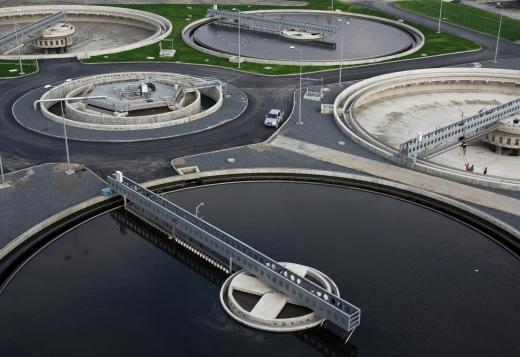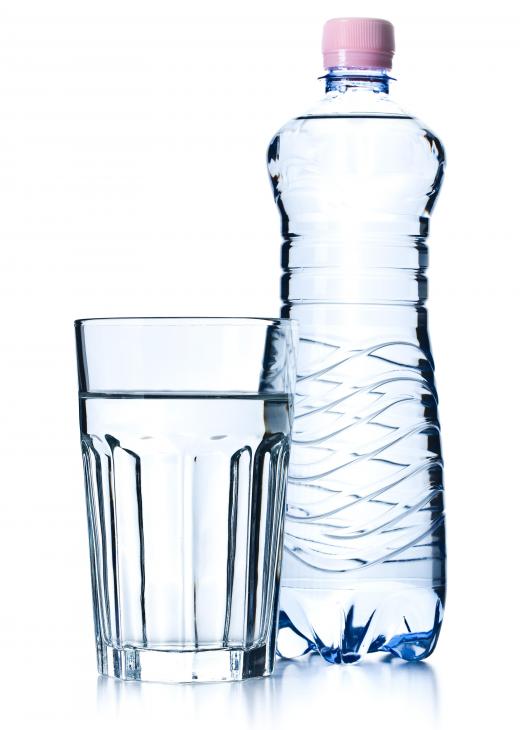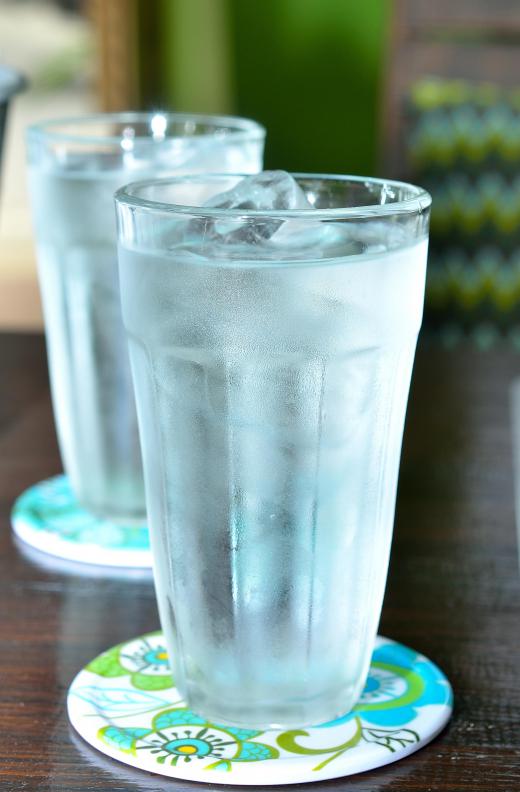A water filtration plant is a facility that works to filter and purify water by removing chemicals, hazardous materials, and toxic matters from a water source. Most plants of this type filter drinking water suitable for human consumption, though other types of water can also be filtered inside of a water filtration plant.
Groundwater is the most common type of water filtered at a water filtration plant. Water that comes from the ground includes springs, artesian springs, and water that is extracted from wells. Even though this type of water is naturally filtered by various soil and rock layers, it requires further filtering before it can be consumed by humans.

Water can also come from lakes and reservoirs. As with groundwater, lake and reservoir water must be filtered in order to remove bacteria, protozoa, and algae. In addition, many lake and reservoir waters have a low pH, which must be adjusted before this water can be considered drinking water. Some water filtration plants process water that comes from rivers, canals, and low land reservoirs. Water that comes from these sources tends to include a large amounts of bacteria, algae, and other dissolved components. In addition to all of these natural water resources, water can also come from the air.

A new process called atmospheric water generation extracts water directly from the air. In order to create water from air, moisture that is collected from the air must be cooled down in order to create drinkable water. While this type of filtration is relatively recent, it proves to be an excellent way to collect drinking water.
Rainwater and seawater can also be turned into drinking water inside of a water filtration plant. Almost all water filtration plants use the same processes to treat and purify water, though some steps may vary from plant to plant. Pre-treatment is usually the first step of water purification, and includes pumping, screening, storing, and conditioning water.

Following pre-treatment, all water must go through a pH adjustment period in order to adjust any off-balance pH levels. Next, water is passed through a flocculation process, which includes the addition of aluminum hydroxide, iron, and polymer. This step is followed by the sedimentation step, which allows any sediments inside of water to settle to the bottom of a large tank. Once the sediments have settled, the clear water is then collected.

Lastly, water is filtered in order to remove any remaining sediment. All of these steps happen inside of a water filtration plant on a regular basis. Without these plants, drinking water would not be safe for human consumption. Each country may have a different water filtration system, though almost all water follows the steps listed above.
